The best things to do in Naxos Greece! From exploring the island’s traditional villages and tasting delicious food, to enjoying its rich culture and spending time on its wonderful sandy beaches.
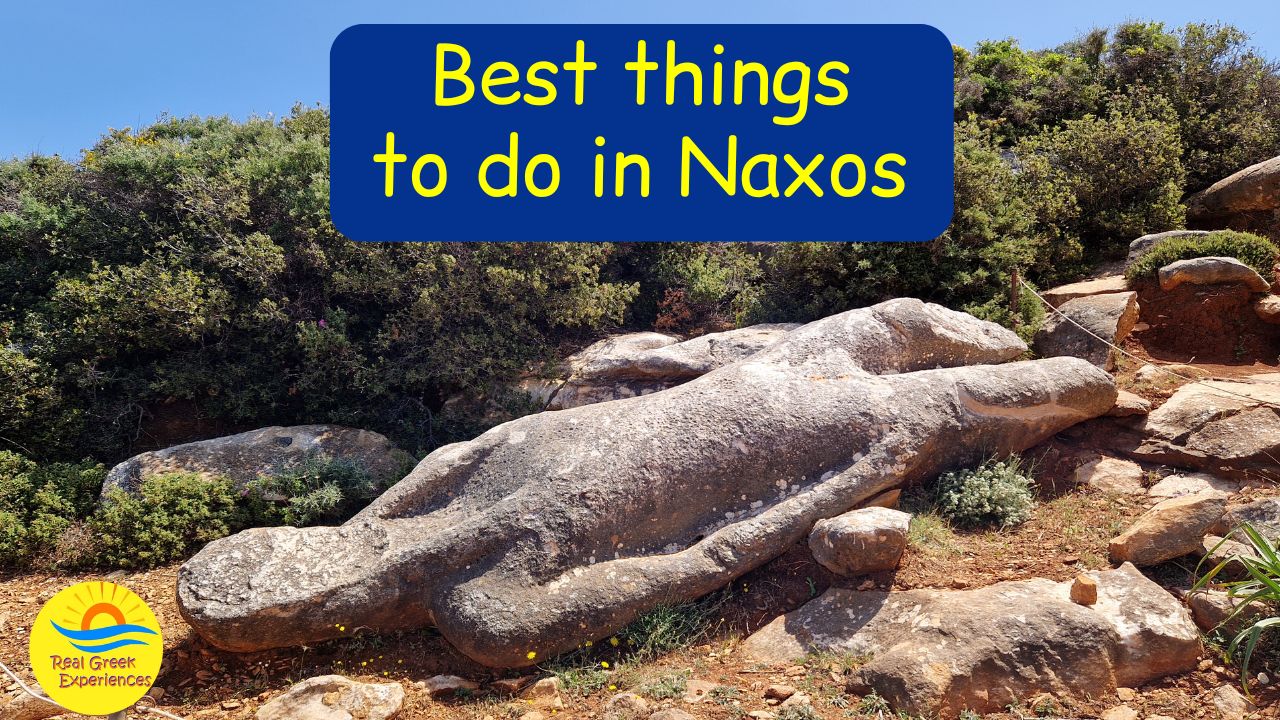
What to do in Naxos Greece
Naxos is the largest and most diverse of the Cyclades islands in Greece. It offers a rich blend of ancient ruins, picturesque villages, stunning beaches, vibrant local culture, and incredible food.
The history of Naxos has been shaped by its marble quarries, ancient emery mines, and strategic location in the Aegean. Over the centuries, the quarries supplied marble for iconic sculptures and structures, while the emery mines defined Naxos’ role as a key supplier in both ancient and modern times.
On the other hand, the island’s fertile soil has supported thriving agriculture for millennia. Among others, it produces olives, grapes, potatoes and kitron, a type of citrus fruit found exclusively in Naxos. Local meat and dairy products are famous all around Greece.
The island’s cultural and historical heritage is evident in its ancient temples, castles, churches, monasteries, and charming villages. Whether you are seeking relaxation, exploration, or tradition, Naxos offers the perfect balance!
I’m Vanessa from Athens. I’ve been to Naxos many times over the last three decades, and every time I visit I discover something new! If you want to really explore the island, I recommend hiring a rental car, as there is so much to see and do.
Here are some of the best things to do in Naxos, Greece.
1. Visit Portara Gate at sunset
The most iconic landmark of Naxos is Portara, a massive marble doorway standing on a small islet connected to Naxos Town via a causeway. This structure is the only remaining part of an unfinished temple dedicated to the Ancient Greek God Apollo, built in the 6th century BC.
A popular time of day to visit Portara is in the evening, when hundreds of visitors climb up the hilly islet to view the sunset. This is a perfect place to start your journey through the island’s rich history. For a quieter experience, visit early in the morning, when the evening crowds are still asleep.
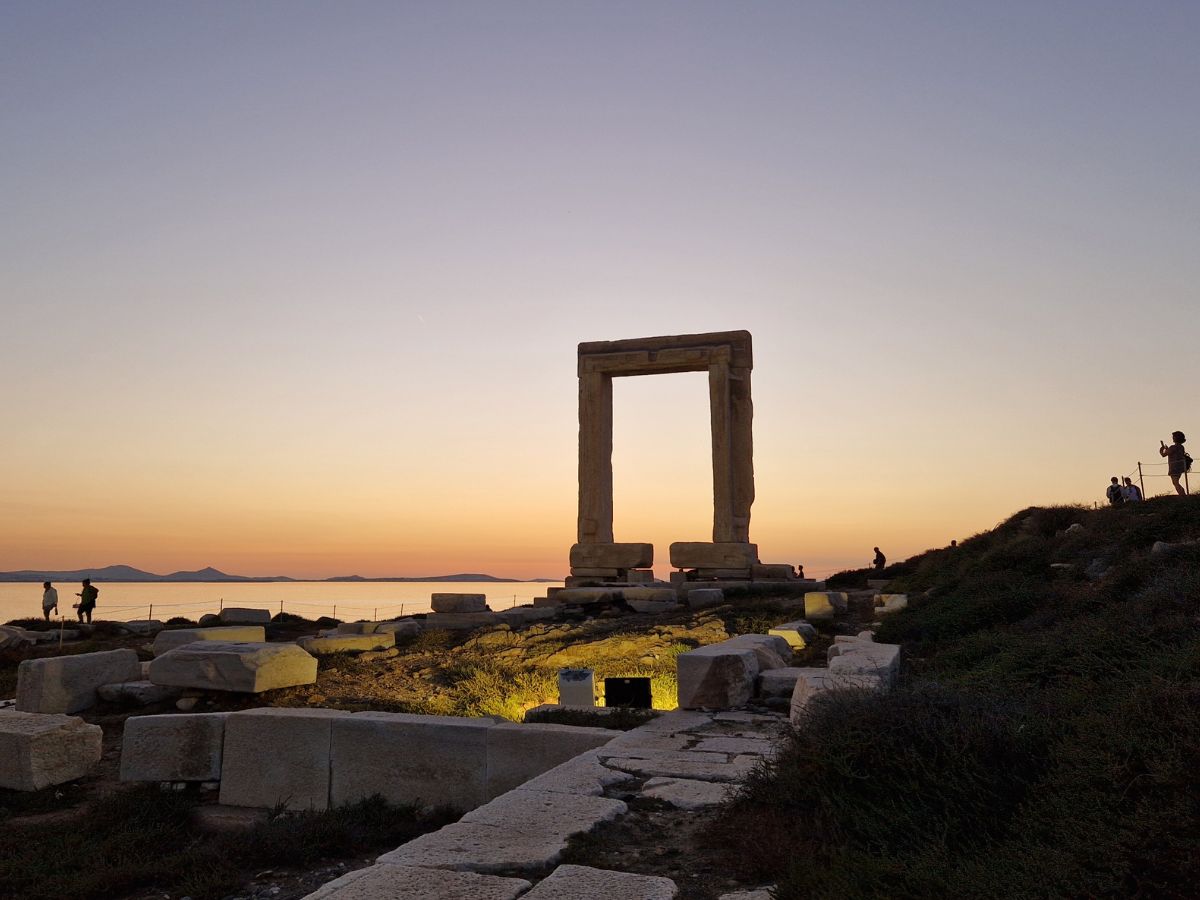
2. Wander through Old Town Naxos (Chora)
A few minutes’ walk from the ferry port, you will find Naxos Old Town, also known as Chora. It’s a charming maze of whitewashed alleys, traditional houses, souvenir and clothes shops, cafes, restaurants and hidden courtyards.
Start your exploration at the Venetian castle (Kastro), which was built in the 13th century, and enjoy the remains of medieval architecture. Stroll through the bustling market streets and discover many artisan shops, jewelry stores, and traditional tavernas.
Places to visit in Naxos Town include the Archaeological Museum, with its fascinating collection of artifacts, and the various churches, such as the Zoodochos Pigi Metropolitan Church.
In the evening, Chora transforms into a vibrant little town where you can often find live music and other events. After dinner, head to the rooftop of Avaton 1739 for delicious drinks and amazing panoramic views of the town.

3. Relax on the sandy beaches in Naxos
Naxos has some of the nicest sandy beaches in the Cyclades. Most of them are located along the island’s western coastline, south of the Old Town.
At walking distance from the town, you’ll find the resort of Agios Georgios. This is a popular area to stay in Naxos, with many hotels and restaurants, and a shallow sandy beach.
One of the best-known beaches on the island, a little further south, is called Agios Prokopios. It stretches for over 1.5 kms, and boasts a combination of turquoise waters and golden sand. The beach is well-organized, with sunbeds, water sports, beach bars and restaurants, making it a favorite spot for both relaxation and fun.
Further south, you will come across the amazing Plaka beach, in my opinion one of the most beautiful beaches in Greece. Much of the beach is natural, but there are also organized areas, as well as a naturist section.

People who prefer a quieter experience can head south, to Kastraki, Glyfada, and the fabulous Alyko and Hawaii beaches.
Tip: When in Alyko, make sure you have a look at the abandoned hotel with the graffiti.
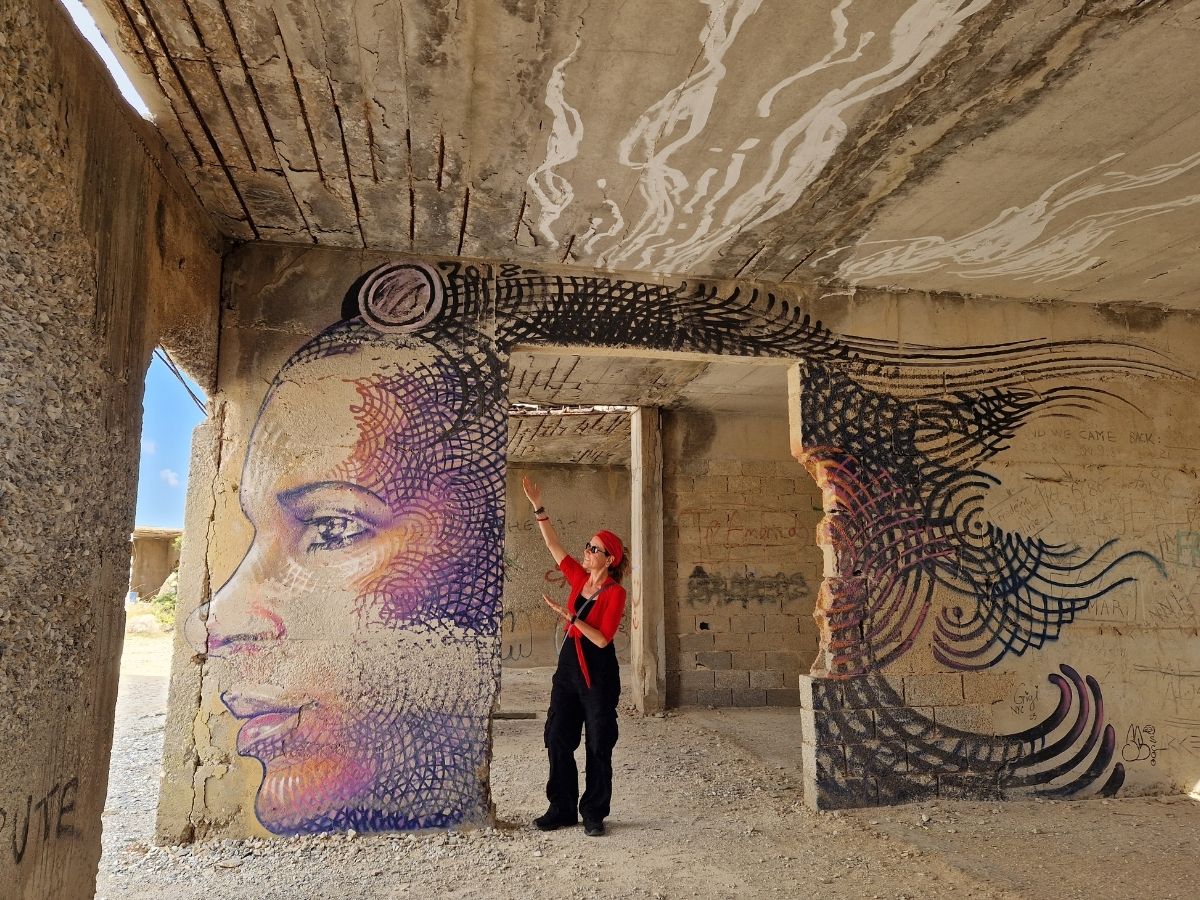
For the ultimate relaxation, drive down to Agiassos beach, or to those on Naxos’ eastern coastline, like the secluded Psili Ammos.
Here is a full guide to the best Naxos beaches.
4. Discover the three Kouros statues of Naxos
Have you ever heard of the Kouros statue? It’s a type of freestanding statue that was prominent during the Archaic period of ancient Greece (circa 700–500 BC). You can see Kouroi statues in many of the archaeological museums in Greece.
These impressive statues typically portray nude young men with an idealized, stylized appearance, often serving as representations of gods or heroic figures. They give a fascinating insight into ancient Greek artistry and quarrying techniques.
There are three Kouros statues in Naxos, all lying in open fields where they were abandoned during transport. They are all made out of the local marble. The biggest and most impressive of the three Naxos Kouroi is located close to Apollonas village, on the north coast of Naxos. Its height is about 11 meters!
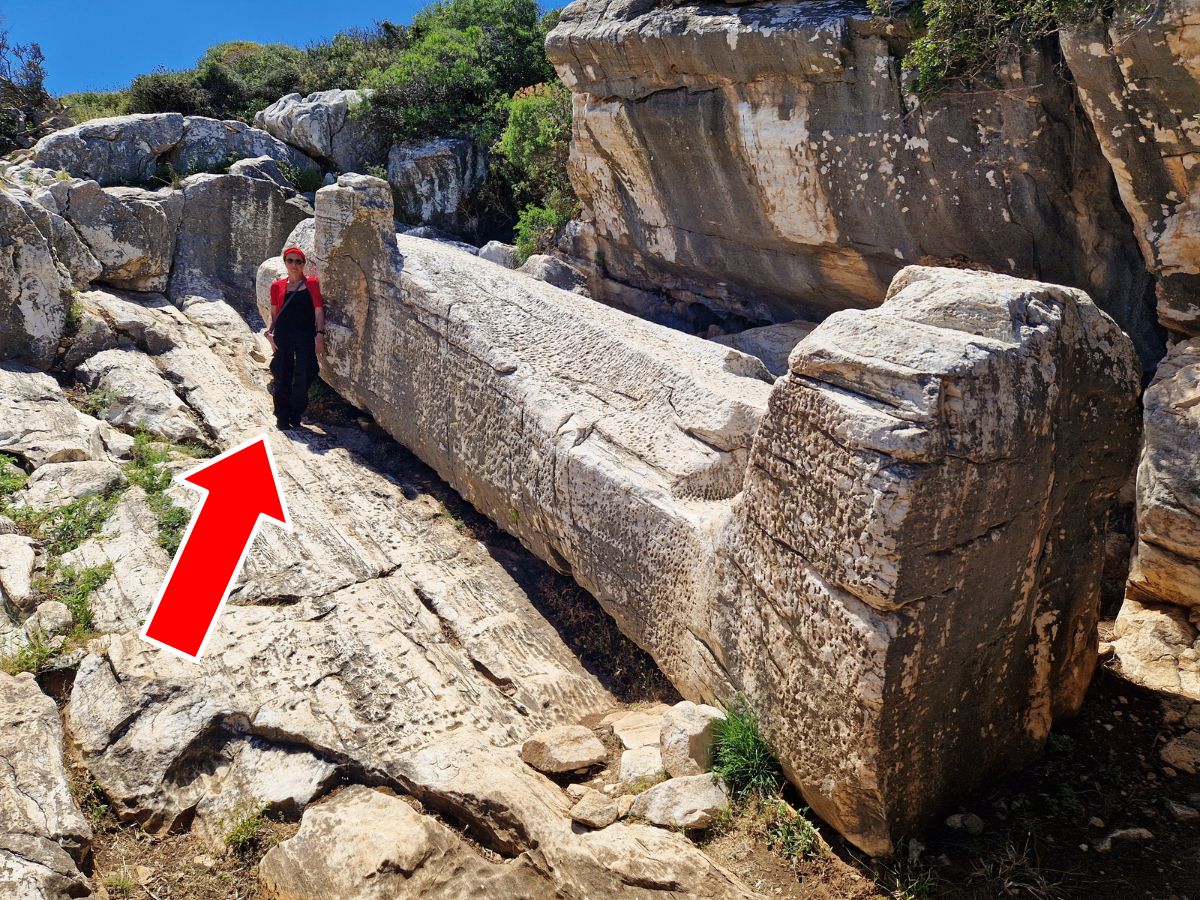
The other two Naxos statues are located near a village called Melanes (Flerio). To reach the furthest one, you’ll need to wander through the local olive groves, on a slightly uphill trail, for 10-15 minutes. Afterwards, you can go for a meal at either Vassilis or Giorgis in Melanes.
Tip: If you have your own vehicle, it’s also worth driving to an area near Melanes, called Kalamitsia, where you can see the remains of the Old Jesuits Resort. Just follow the dirt road, and you’ll come across one of the most impressive abandoned monasteries in Naxos.
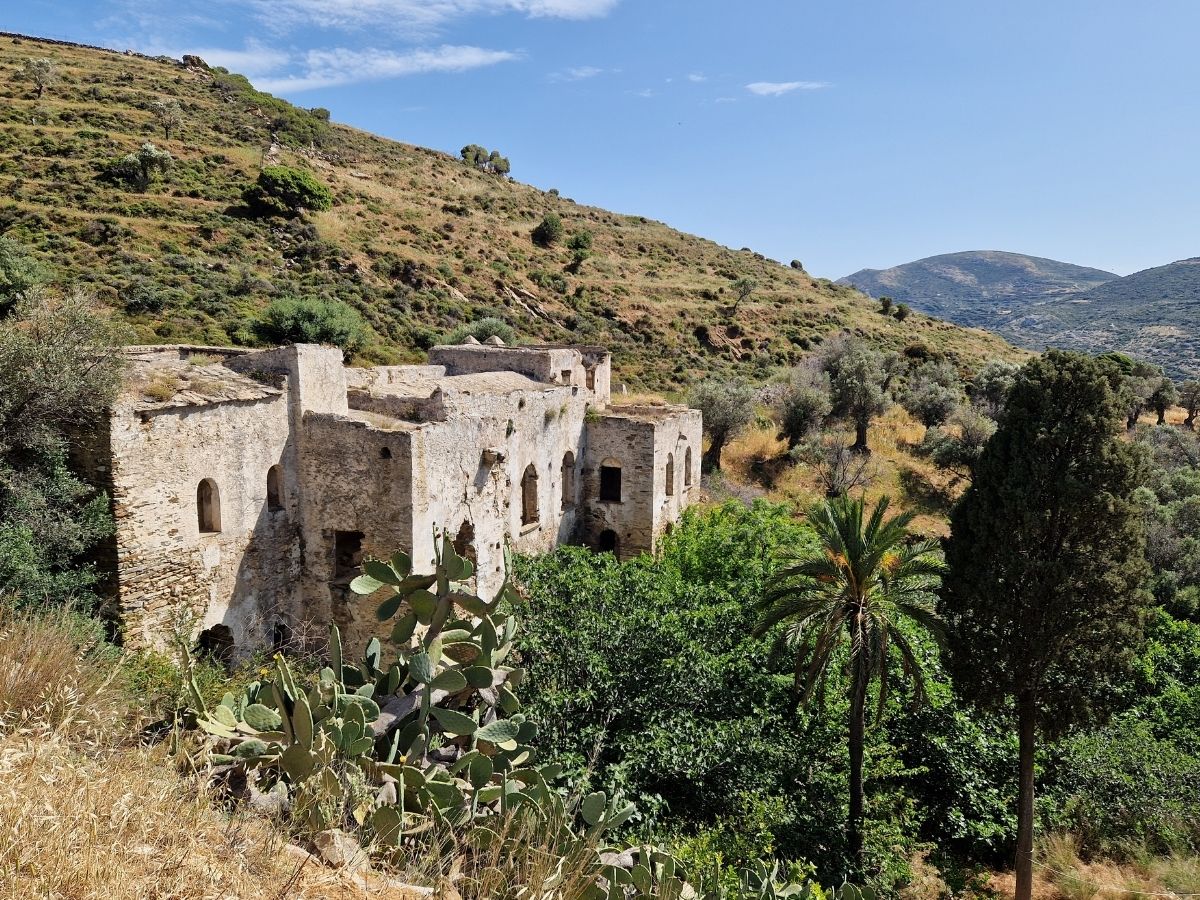
5. Visit the Temple of Demeter in Naxos
Located near Sangri village, in a beautiful setting filled with olive groves and vineyards, you will find the Temple of Demeter. It’s a beautifully restored ancient Greek temple, dedicated to the Goddess of Agriculture.
Built around 530 BC, this sanctuary was made out of Naxian marble and is one of the finest examples of early Ionic architecture. The small on-site museum provides insightful information about the temple’s history and the island’s role in ancient Greek civilization.
You can visit the temple of Demeter on your own, or take the popular and very well-priced Naxos full-day bus tour. This tour also takes you to see a few other highlights of the island, such as the Kouros in Apollo and a few mountain villages.
Tip: If you are driving yourself, follow the road signs rather than Google Maps, which will try to direct you through some poor quality dirt roads.
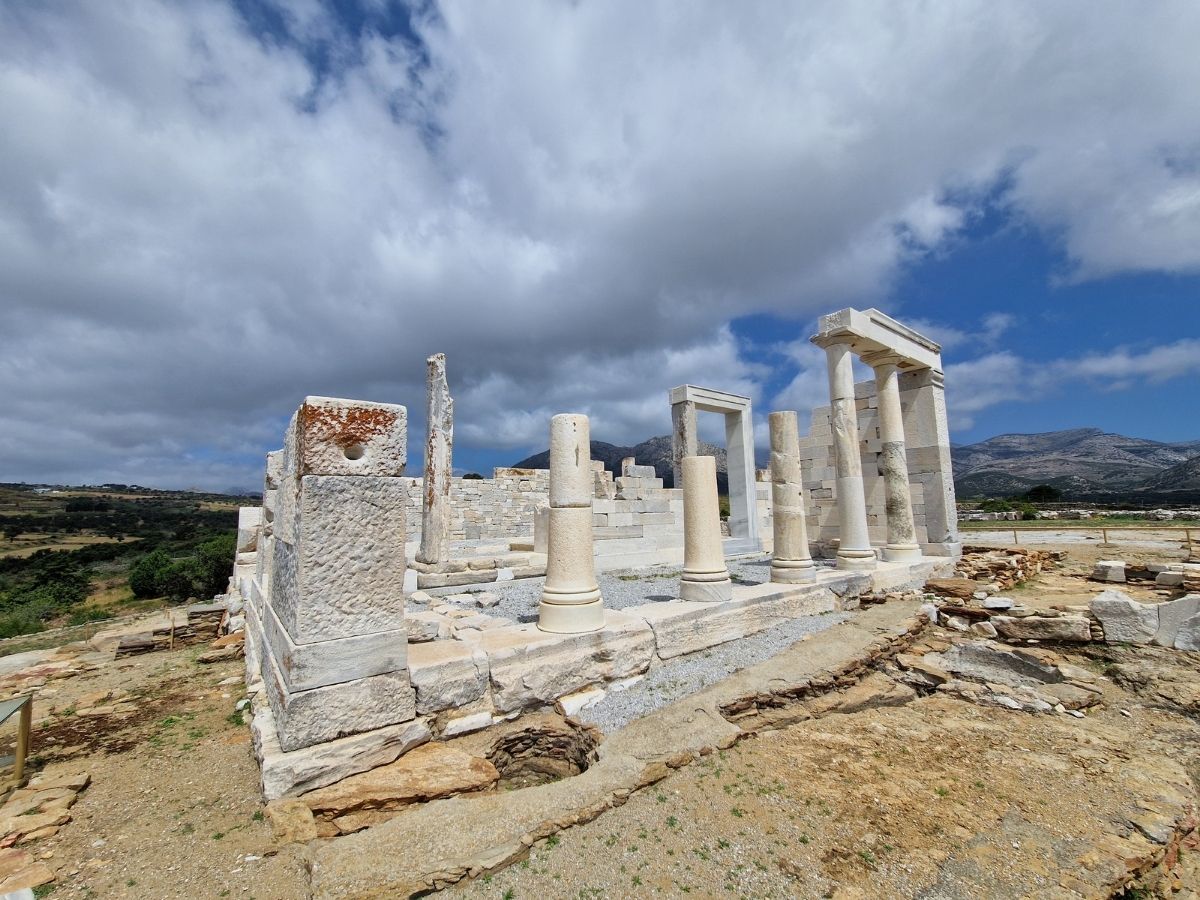
6. Explore the villages of Naxos
Beyond Naxos Town, the island is dotted with several charming villages that offer a glimpse into authentic Greek island life. The three most popular villages in Naxos, which you can visit on the full-day bus tour, are Apiranthos, Halki and Filoti.
Apiranthos (Apeiranthos), known as the “marble village,” features cobblestone streets, neoclassical houses, and four small museums showcasing local history. There are a few great tavernas and cafes where you can stop for a lunch or snack.
If you are lucky, you will come across local people playing traditional music – definitely something to look out for!
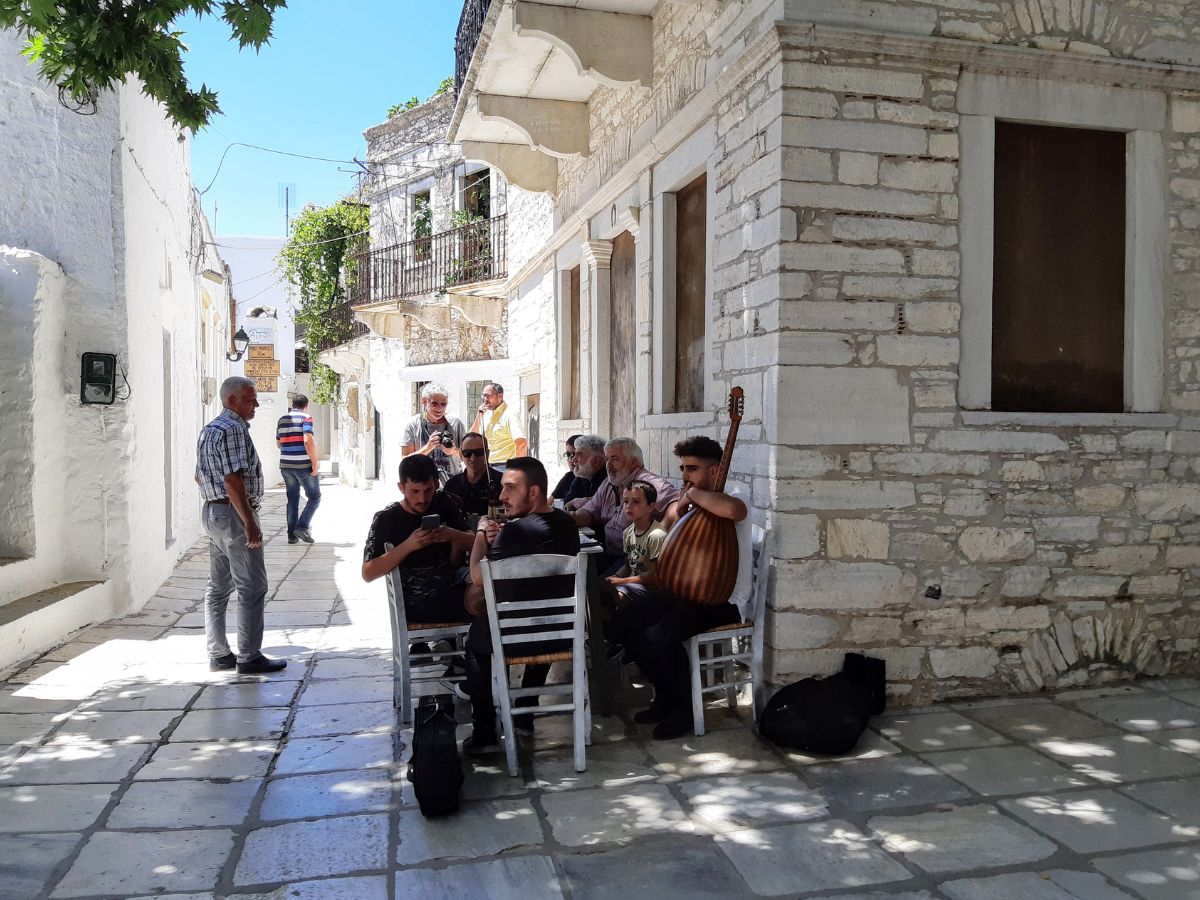
Halki, once the capital of Naxos, is famous for its traditional distilleries, Byzantine churches, and lush citrus groves. There are several hiking paths around the village, that will lead you to some beautiful countryside.
Filoti, located at the base of Mount Zas, is a lively village with excellent tavernas and breathtaking mountain views. This is where you will see much of the local population hanging out in the evenings.
Another village really worth visiting if you have a rental car, and you are happy to walk many dozens of stairs, is Koronos. The setting is simply magnificent, with houses built on the slope of the mountain.
Here is some more info on how to get around Naxos. As with most Greek islands, anyone with a car will need to park at the designated areas outside the villages, and then continue on foot.
Tip: Once in Filoti, it’s worth driving out to the Church of Panagia Drosiani in a small village called Moni. This stunning church dates from the 6th century AD, and is one of the highlights of Naxos. You can also reach it on a hike from Filoti.
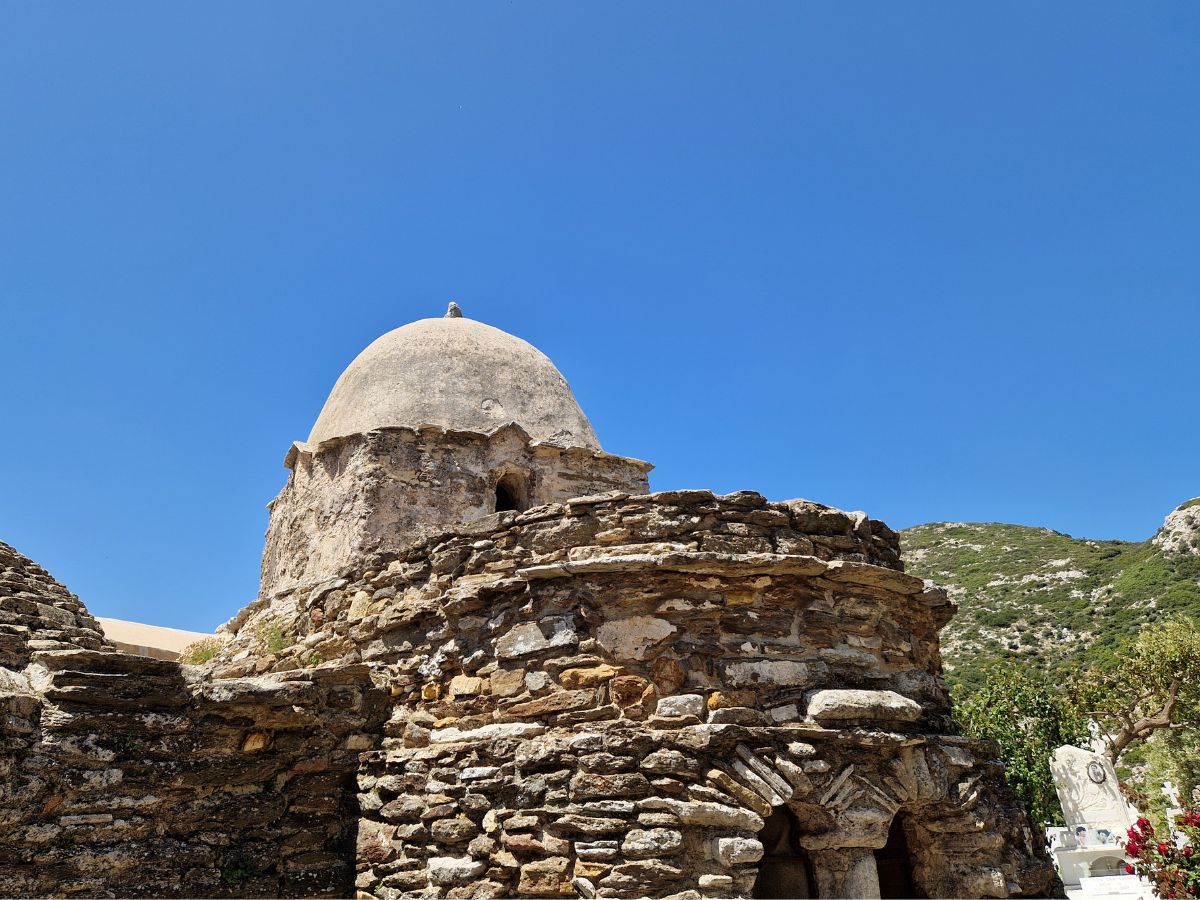
7. Taste the local cuisine
Naxos is a food lover’s paradise, and is known for its rich culinary traditions and farm-to-table ingredients.
The island is famous for its cheeses, most notably graviera, a delicious semi-hard cheese with a nutty flavor. The mellow kitron liqueur, a unique citrus-based spirit, is exclusive to the island. You can taste it at the local distilleries and many of the cafes and bars.
Whatever you do, make sure to try the local potatoes, that are famous all over Greece. The patates tiganites (fries) you will have in Naxos are out of this world!
There are a few great places to eat in the town and the popular resort areas. On the other hand, the various family-run tavernas in the mountain villages will offer a fantastic traditional experience.
You can also join a cooking class at a farmhouse in Naxos, and learn how to prepare some Greek traditional dishes yourself.
Have a look at my guide to the best places to eat in Naxos – but I’m sure that, when you visit, you’ll discover your own favourites!
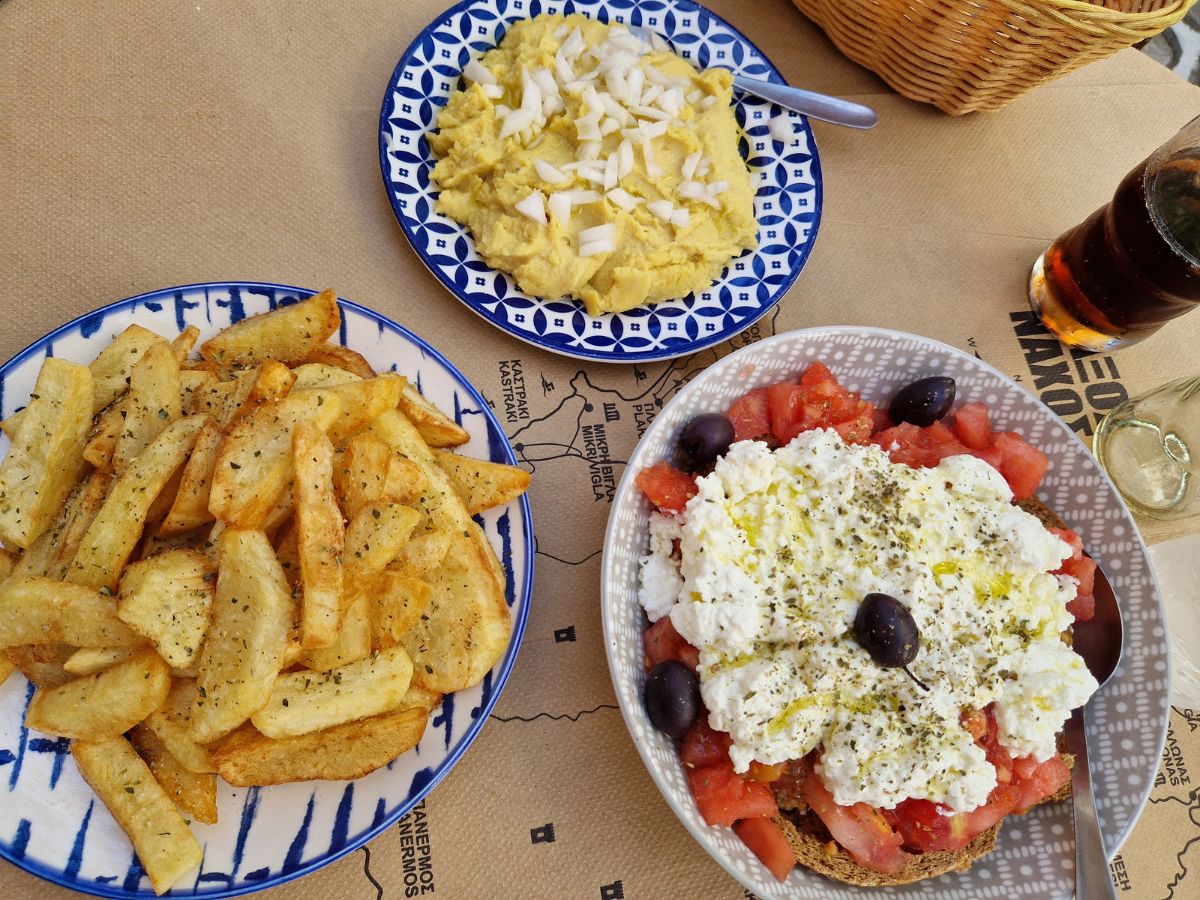
8. Hike to Mount Zas (Zeus’ Mountain)
If you love hiking and breathtaking views, a climb to Mount Zas is a must. Standing at 1,004 meters, it’s the highest peak in the Cyclades, offering some of the best views of the nearby islands.
Like many other mountains in Greece, Mt Zas is steeped in mythology. Ιt is believed to be the birthplace of Zeus, the king of the Ancient Greek Gods – in fact, its name translates to “Mountain of Zeus”.
There are organized hiking activities to Mt Zas, where you’ll go with a local guide. If you are going on your own, the quickest path to the top begins at Agia Marina church, located a little outside of Filoti. The one-way hike should take you a little over an hour – but allow longer, and take the time to look at the views around you!
There’s also another path to the top of Mt Zas, which is more challenging. It begins at Aria Spring and, on the way to the top, passes through Zeus’ Cave. This is an ancient site where, according to mythology, Zeus took shelter.
My partner and I hiked this path to get to Zas cave, and I had to scramble a few times as it was steep in places. Definitely not the easiest hike I’ve done myself, but I would absolutely do it again!
As with any hike, definitely bring good hiking shoes, plenty of drinking water and a hat. If you are visiting in summer, avoid hiking during the hottest hours of the day (11:00-15:00).
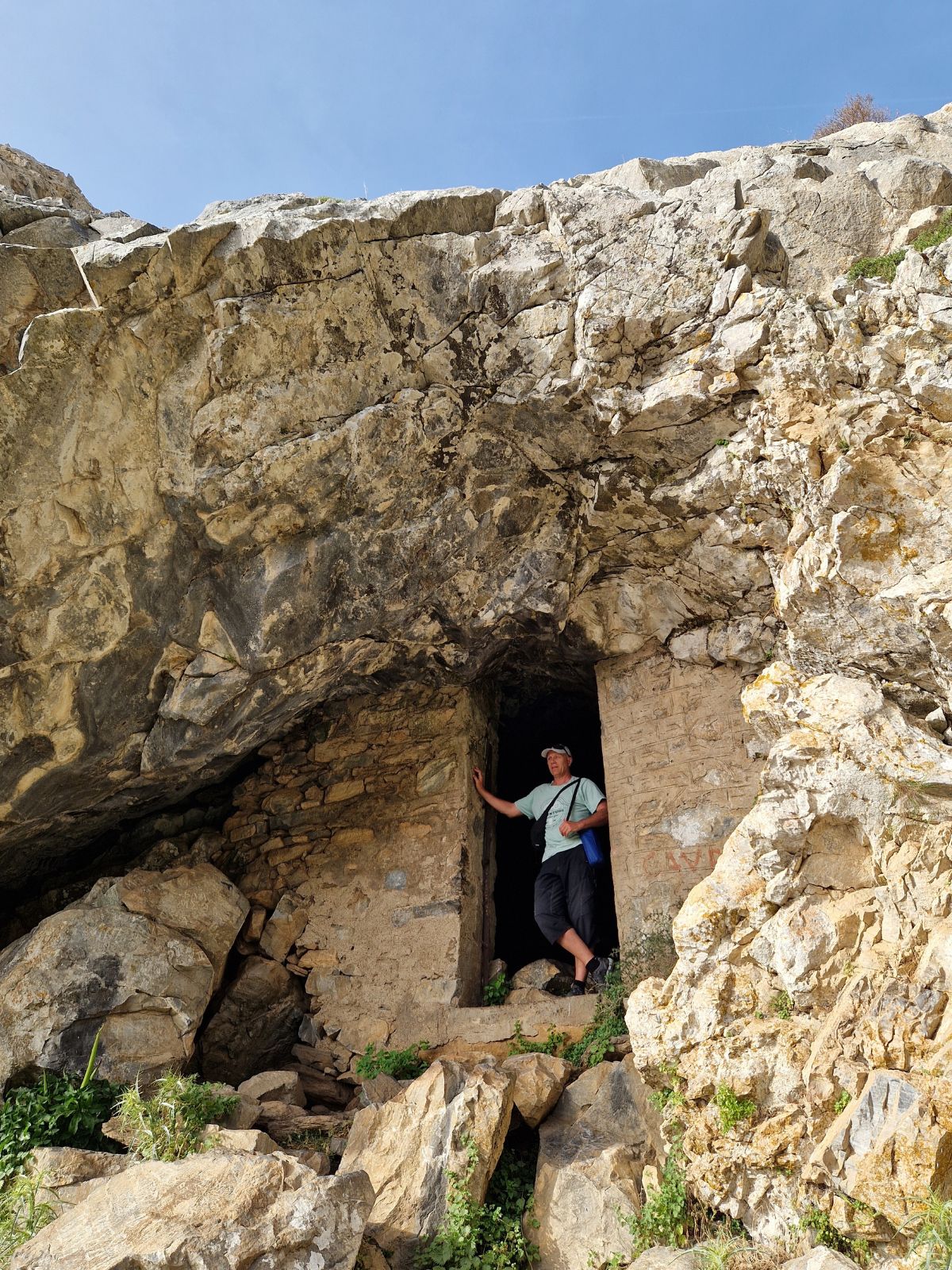
9. Learn about the mining history of Naxos
Few visitors realize that Naxos has a long history of emery mining, which dates back to ancient times. Emery is a tough, abrasive mineral, valued for its use in polishing, grinding, and metalworking.
Naxos has always had rich deposits of emery, mostly around the areas of Apeiranthos and Koronos. It was one of the primary producers in the ancient world, supplying emery to many civilizations.
Today, you can still see remnants of old emery quarries and mostly abandoned mining facilities across the island.
If you visit the coastal village of Moutsouna, you’ll come across lots of old machinery, equipment, and deserted industrial buildings. You’ll also see the remains of a cable system that was used to transport the emery rocks from the mines to the local port.
Don’t hesitate to ask the locals for more information – they are all happy to discuss about their island’s recent history.
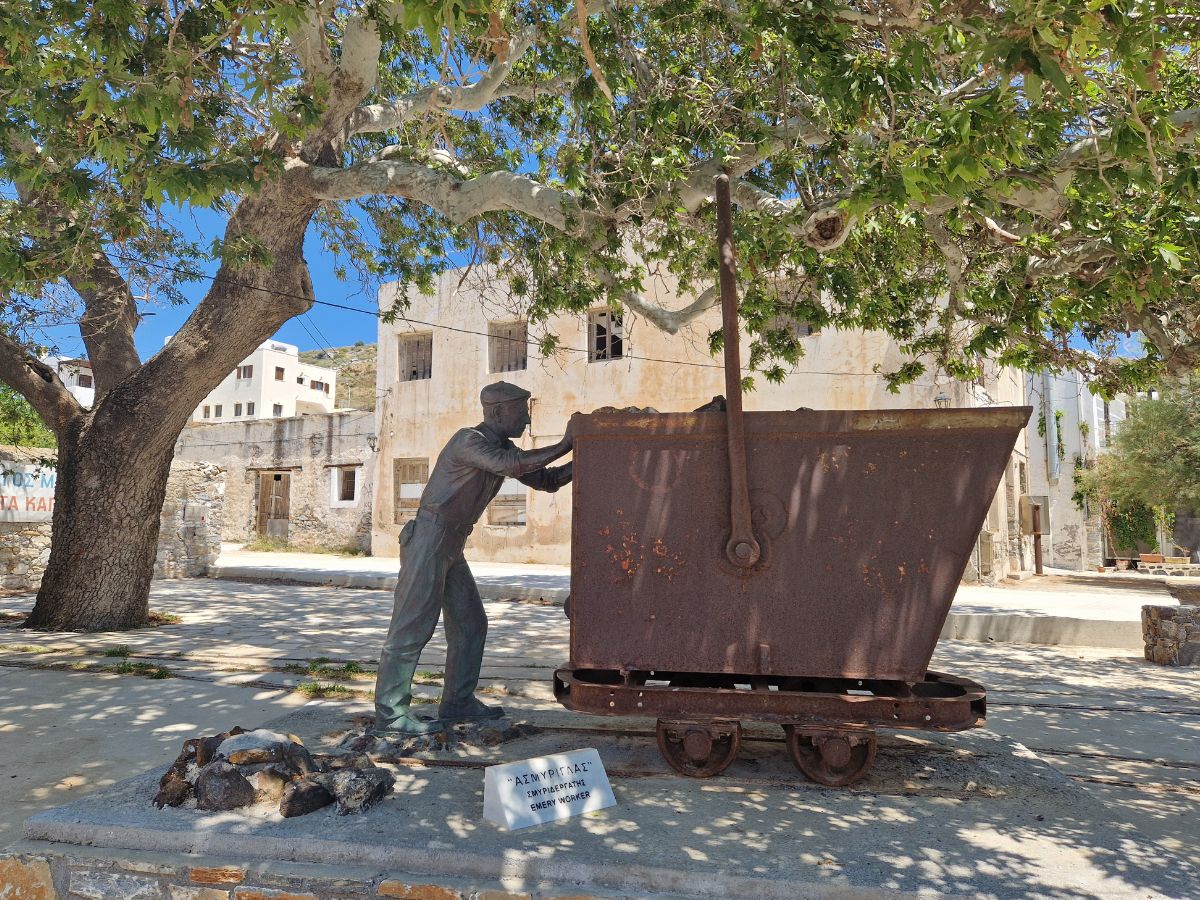
10. Sail to the Small Cyclades
For a day of exploration and tranquility, take a boat trip to the Small Cyclades islands, a cluster of tiny, less-touristy islands near Naxos.
The three islands you can visit from Naxos are Iraklia, Schinoussa and Koufonisia. They all offer stunning beaches, crystal-clear waters, and traditional Greek hospitality.
Sailing cruises from Naxos include swimming stops in secluded bays, where you can dive into the vibrant blue waters. If you love snorkeling or simply want to escape the crowds, these islands are a slice of paradise!
Here are some more day trips to take in Naxos.
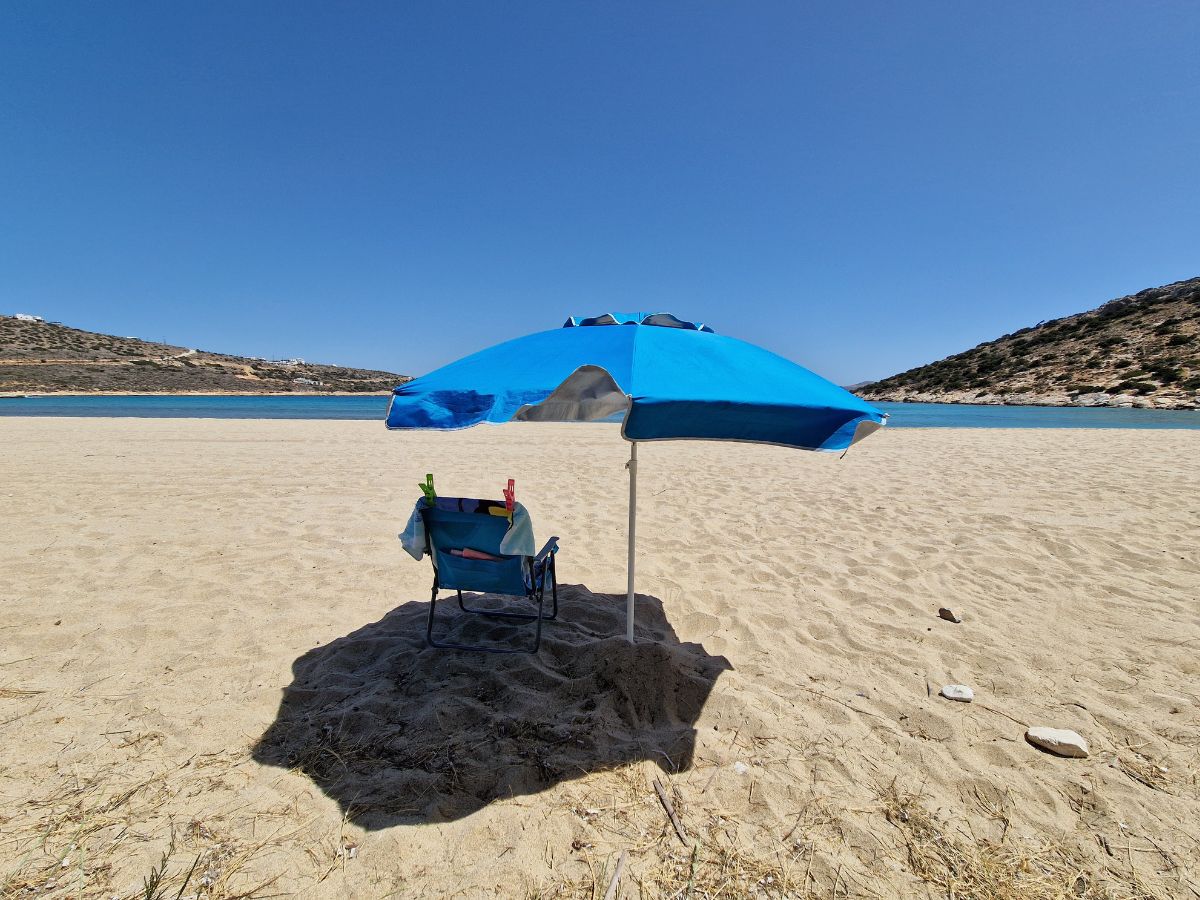

Hi! I’m Vanessa from Athens and I love travelling around Greece and the Greek islands. Naxos is a beautiful, diverse island, that offers something for everyone! Follow me on my social media:
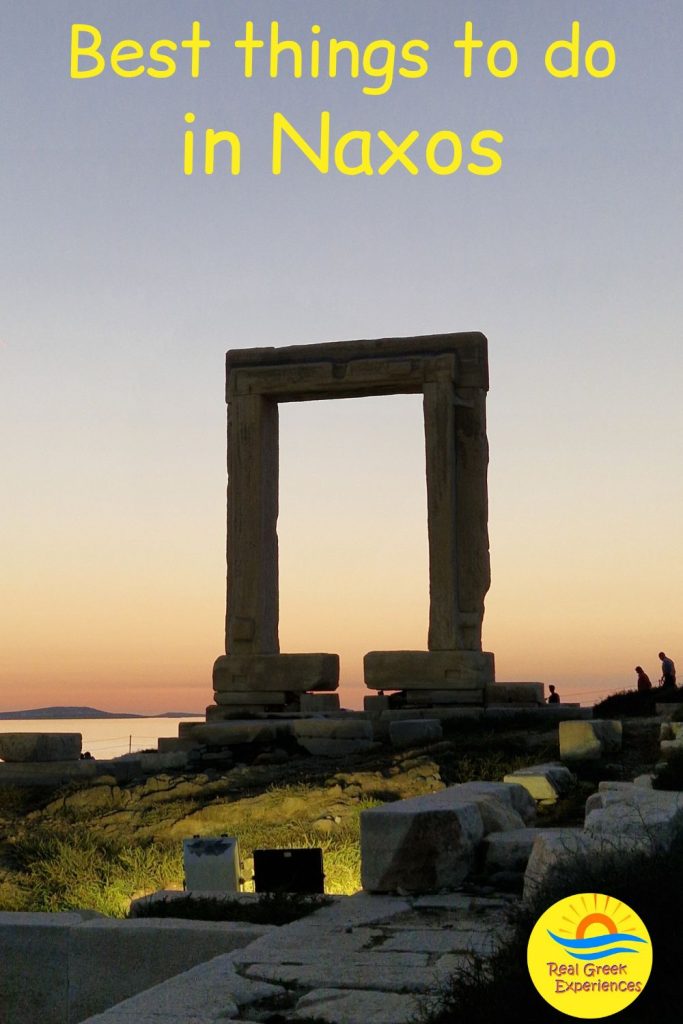


thanks